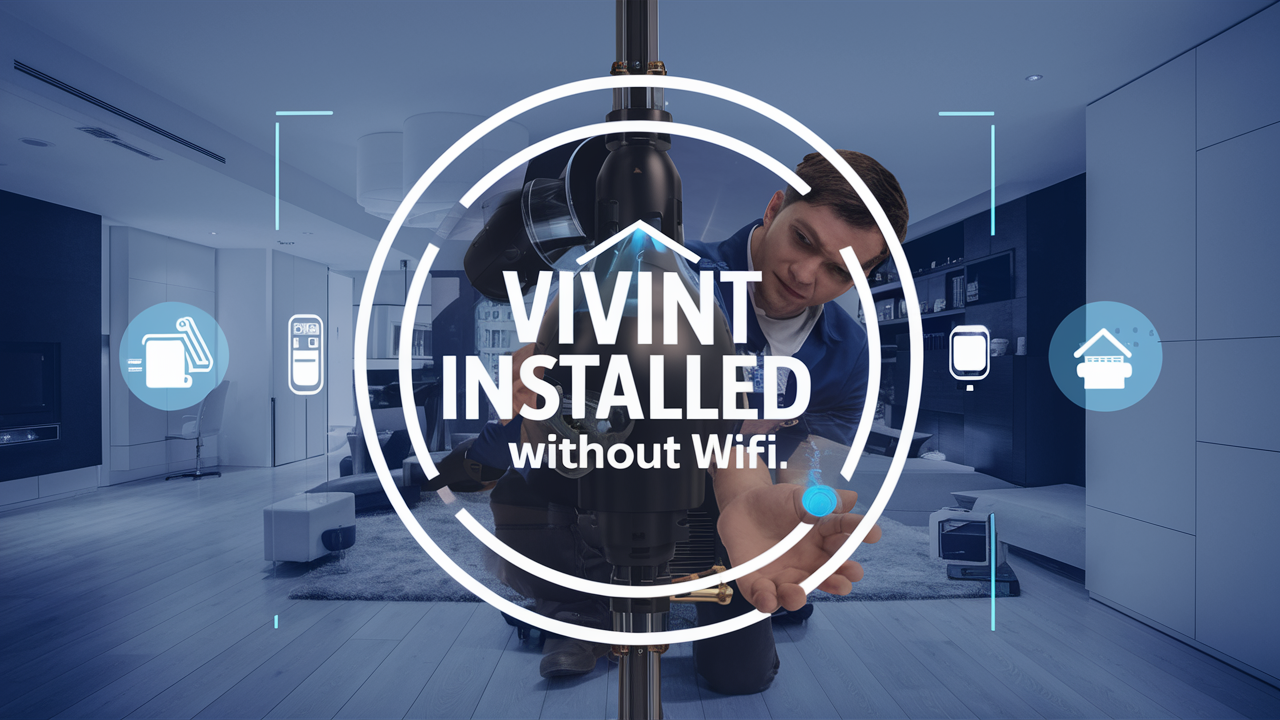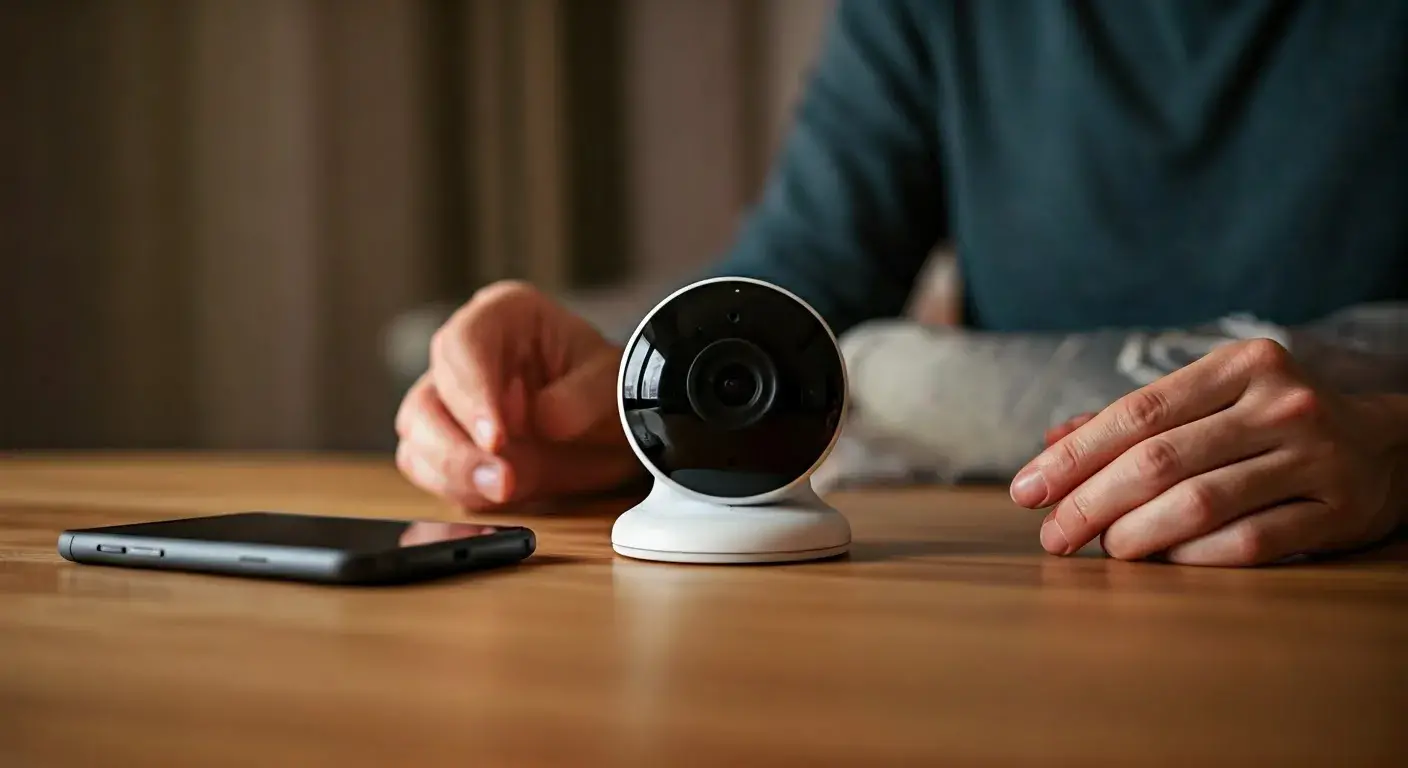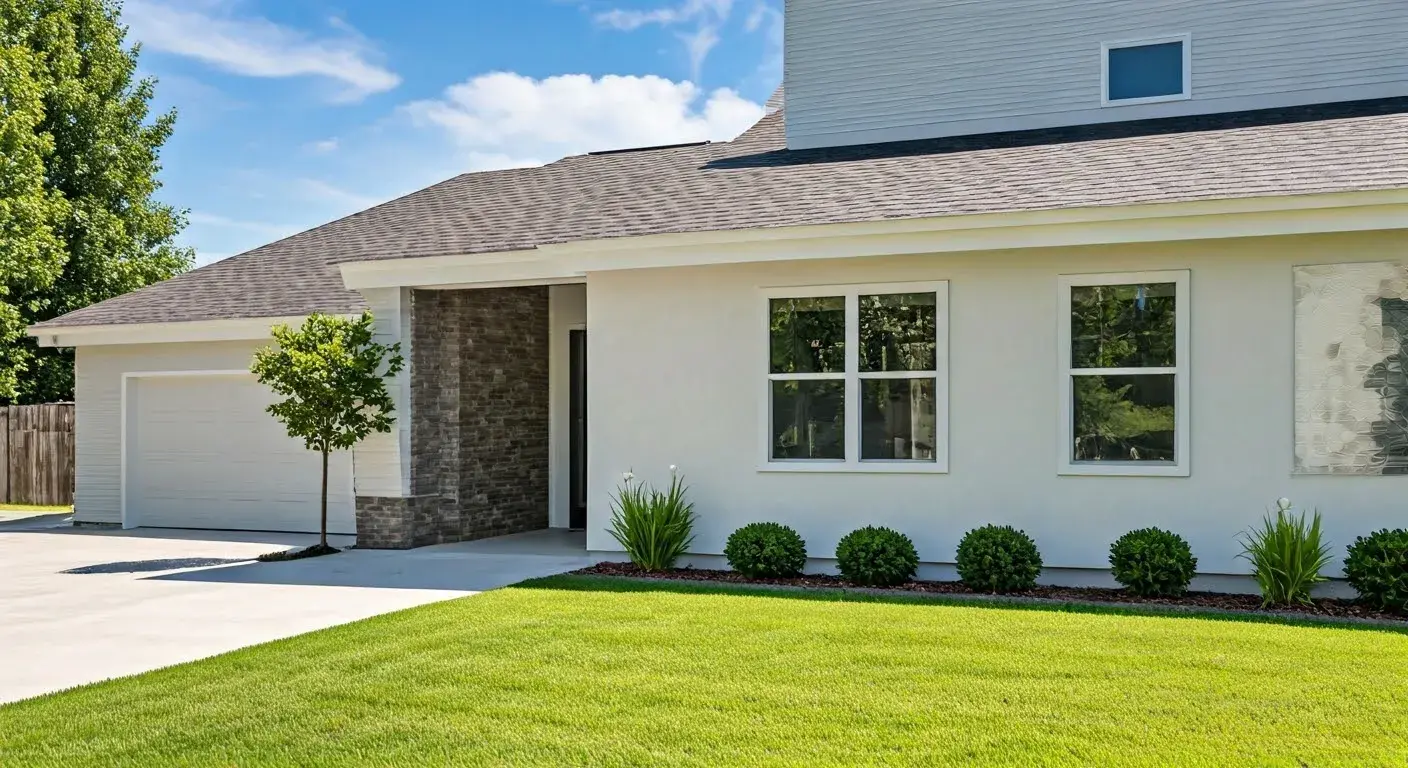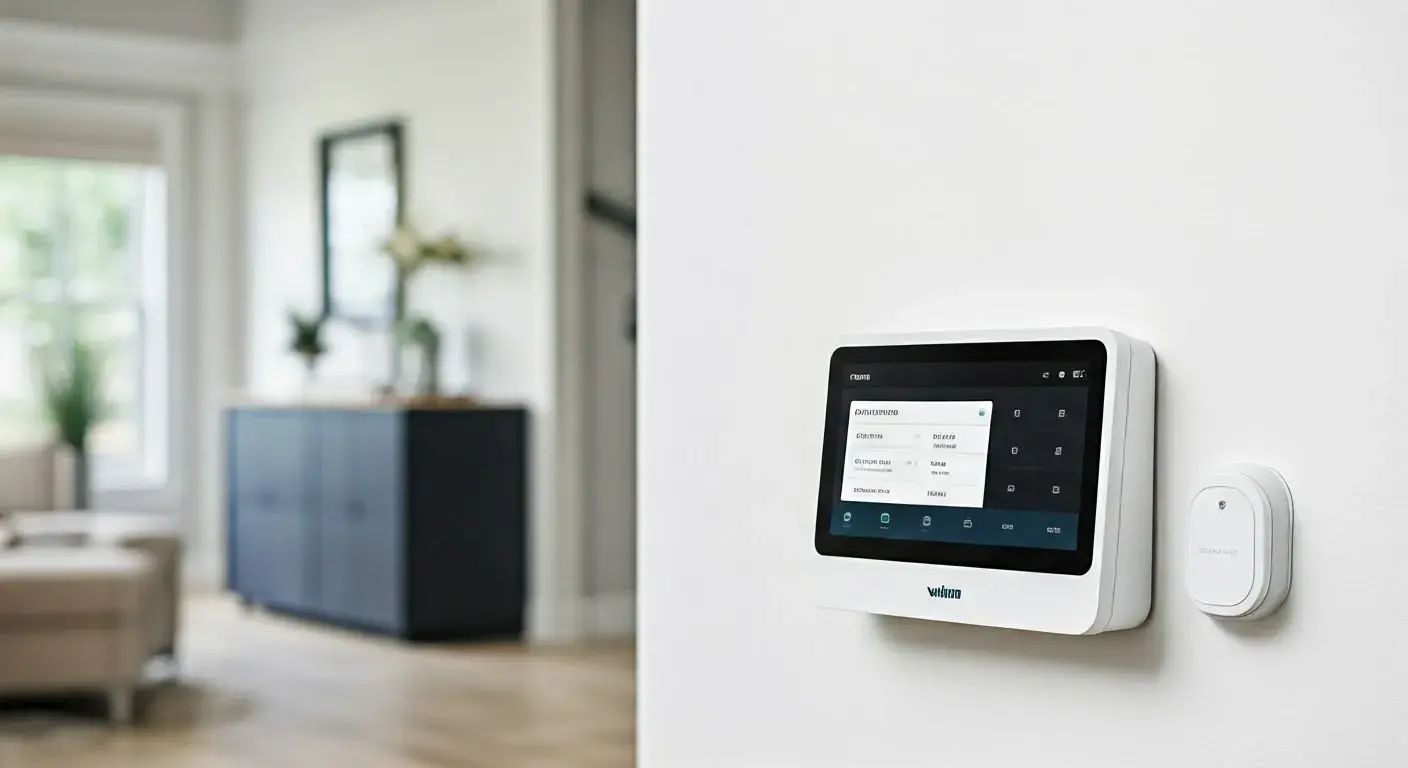Vivint is a reputed smart Home Security System company in North America that provides a range of products that are designed to enhance the security of your home and protect your family. Another frequent inquiry from homeowners who would be interested in Vivint is whether the system can be installed and function as intended if a home Wi-Fi connection is unavailable. Usually, to make full use of the Vivint smart home management system, a stable high-speed Internet connection would be required. Still, there are components of the system that can run while not being connected to Wi-Fi.
In ‘How Vivint Uses Your Wi-Fi Network’, it was established that this company monitors your home through the Wi-Fi network.
Except for the Vivint doorbell camera, most of the Vivint equipment depends on Wi-Fi for remote monitoring, control, and full automation by use of the Vivint Smart Home app. For example, your Wi-Fi network is needed for: For example, your Wi-Fi network is needed for:
- Some concerns that can be observed include; Being able to view the feeds of the Vivint cameras through the application from another location.
- By controlling and commanding light, temperature, door locks, and other smart devices in the home.
- Other additional settings such as occupancy, schedules, etc.
- Updating of software and firmware to maintain the equipment in its current state.
Without Wi-Fi, all the home monitoring and control that you have from the mobile app would be severely restricted. It’s similar to having your old-school, non-connected sensors you’d just have basic sensors. So, yes, it would be advisable to have a strong home network to fully enjoy and make the best use of Vivint’s services.
Can the Specific Equipment Be Used Without Connecting to the Wi-Fi Network?
If your primary goal is active home monitoring and protection, even without some of the full smart home features, Vivint can provide some functionality without Wi-Fi connectivity:
- Entry and Motion Sensors – These are usually installed at the entry/exit points or in areas prone to movement and they can set off the on-site alarm system to sound bells or give notifications. No Wi-Fi is needed.
- Keypads – Provide functions for arming and disarming the system, as well as controlling specific panels in the house, without requiring linking.
- Mobile Link Cellular Communicator – If installed, enables transmission of alarm event reports to the Vivint monitoring center through cellular. It does not require a landline or Wi-Fi to perform the calls or take video calls. Remote access is still limited.
Therefore, if you only require simple intrusion protection with professional monitoring, Vivint has got you covered here even if you do not connect your home online. Even after making it apparent that the Wi-Fi extension would open it to the next level in the future.
My Home has no Internet Service Provider – What Can I Do?
If the homeowner is incapable of setting up an in-home Wi-Fi network through either a physical ethernet cable or a wireless hotspot-connected router or mesh network, then you are pretty much limited on what your Vivint system can do. In particular, it is merely sensors that activate an on-premises sound signal and that is about it.
This might suggest that you have no cellular network connectivity as well since being ‘offline’ implies that you have no access to any Wi-Fi connectivity. So your options in this situation include:
- By any chance possible try to achieve at least any form of Internet/data connection provided it is very minimal. This would enable the alarm communicators as well as some level of remote access.
- Think about changing home security companies – There are some options out there – like ADT or Brinks Security they use systems utilizing landline phone communicators – as long as you have your basic phone line coming into the home from somewhere they will work.
- The most effective elements should be only the rudimentary ones that include the sensors that activate the inbuilt alarm and lighting. Better wait for additional capabilities in the future if you set up a home connectivity of some sort. Vivint also makes it quite easy to work your way up through the various levels of home automation technology.
- As you assess the issues that you have with connectivity, determine if professional monitoring is suitable for you at present or unavailable. It is better to self-monitor to avoid any risks rather than put your faith in outside responses.
I have permission to use my cell phone hotspot for a short period.
Some of the new Vivint customers would require some amount of time to have the Internet hardwired in their homes whether it be, cable/fiber or ethernet wiring. In those cases, connecting a cell phone or a mobile hotspot to briefly give Wi-Fi to the system is of course achievable. This would allow you to connect to all cloud features and apps until your carry-around permanent network is available.
Just keep a few things in mind:
- There will also be limitations in terms of signals where you want to have the Vivint devices installed. Careful planning here.
- The hotspot plans usually come with usage limits, in terms of Gigabytes. Several cameras streaming videos can consume that in a wink.
- If the power goes out or the device needs to shut down, then you will have to reactivate the hotspot all by yourself. Not very suitable for the long term, but it could be used on a short-term basis especially when preparing to appear before a particular court or judge.
Temporary hotspot usage is ideal for users who expect to install a wired infrastructure shortly. However, most users will desire to have their home go live always before they share it with the Vivint security system.
The right approach upfront is;
You could probably find some way to make some of Vivint’s equipment work without having Wi-Fi Internet, but you’d be trading a lot of the main features of Vivint's system – remote control, automation, and other smart connections that make Vivint the number one choice in connected security. Some examples of such smart devices include cameras, smart locks, and smart lighting where the efficiency of the product reduces drastically if not connected to the cloud system.
Thus, while basic sensors will set off onsite alarms if they don’t have access to Wi-Fi or mobile networks, you’ll be utilizing just a portion of the full system capabilities. Professional monitoring would be at best, severely constrained.
The best strategy when implementing an advanced platform like that of Vivint Smart Home is to prepare your home structure for the application on the first day. Acquire the best and the most reliable Internet source connection available, as well as acquire optimal Wi-Fi signal strength over areas you wish to cover. This will effectively let you harness all the functions that Vivint has to offer, without fussing so much about installation, configuration, and update.
Protect your home today with ADT’s top-rated security solutions!
Call now at +1 877-470-7879 to get a free consultation and find out how you can secure your home with the best in the business. Don’t wait—ensure your peace of mind with ADT!







